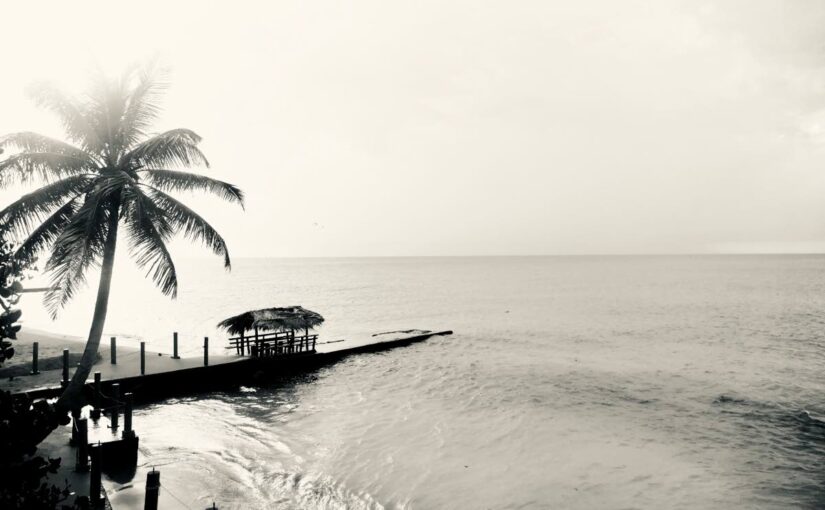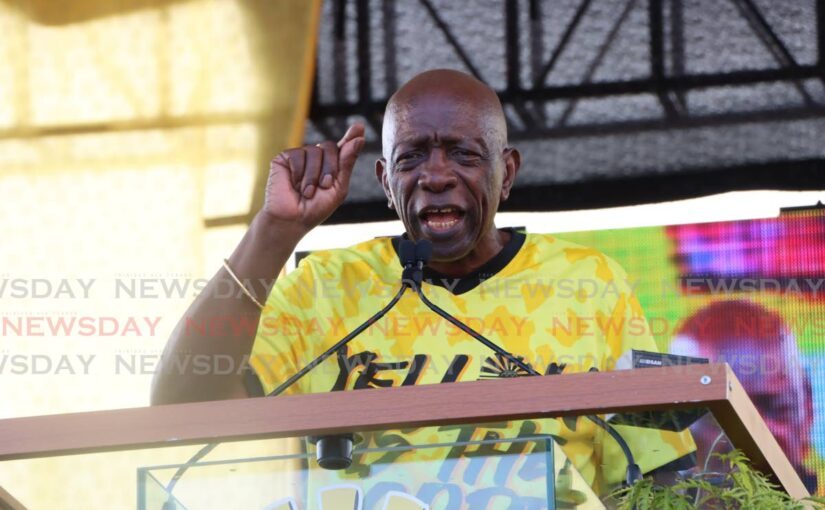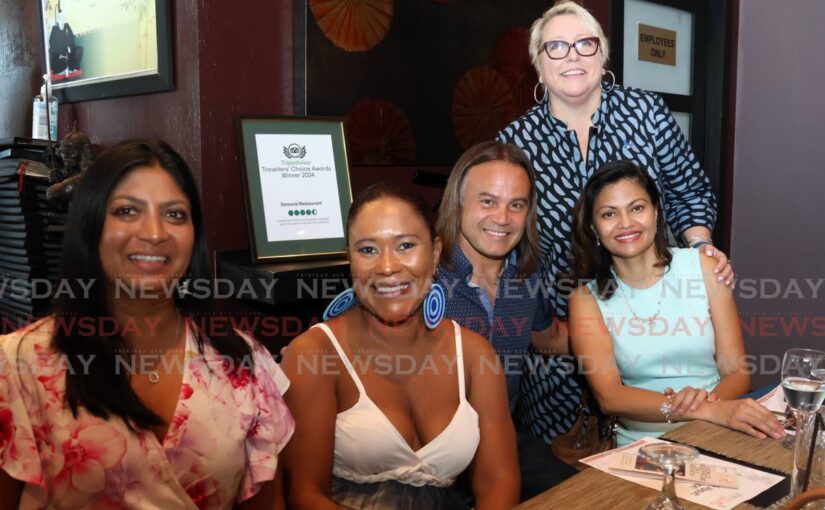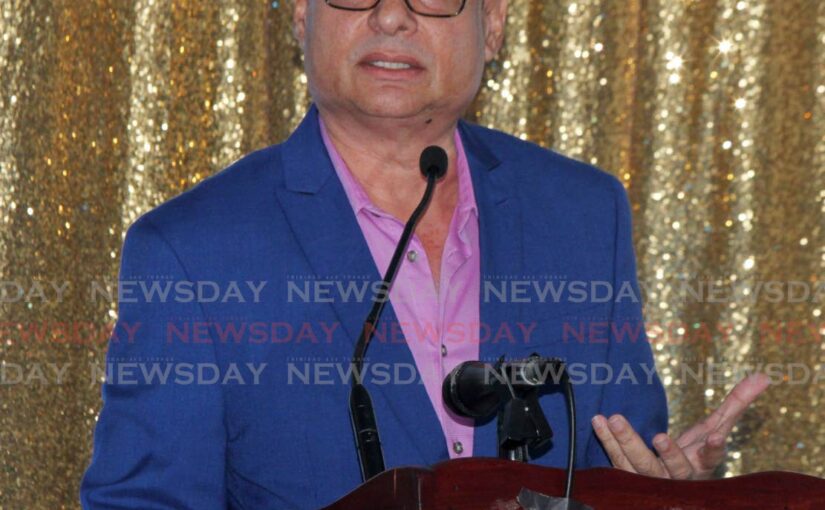MATURE patrons who attended Pan Trinbago’s Rhythm, Steel and Powder in Tobago on October 26 were taken on sentimental journey to an era when the...
Vous n'êtes pas connecté
- English
- Français
- عربي
- Español
- Deutsch
- Português
- русский язык
- Català
- Italiano
- Nederlands, Vlaams
- Norsk
- فارسی
- বাংলা
- اردو
- Azərbaycan dili
- Bahasa Indonesia
- Հայերեն
- Ελληνικά
- Bosanski jezik
- українська мова
- Íslenska
- Türkmen, Түркмен
- Türkçe
- Shqip
- Eesti keel
- magyar
- Қазақ тілі
- Kalaallisut ; kalaallit oqaasii
- Lietuvių kalba
- Latviešu valoda
- македонски јазик
- Монгол
- Bahasa Melayu ; بهاس ملايو
- ဗမာစာ
- Slovenščina
- тоҷикӣ ; toğikī ; تاجیکی
- ไทย
- O'zbek ; Ўзбек ; أۇزبېك
- Tiếng Việt
- ភាសាខ្មែរ
- རྫོང་ཁ
- Soomaaliga ; af Soomaali
Rubriques :
 Maroc - NEWSDAY.CO.TT - A la Une - 29/Aug 06:46
Maroc - NEWSDAY.CO.TT - A la Une - 29/Aug 06:46
Social mobility of coloureds, blacks in post-Emancipation Tobago
Dr Rita Pemberton ONE OF the overflows of the period of enslavement which had a significant impact on the social fabric of Tobago is the appearance of a coloured (mixed-race) population. This population was primarily the result of the abusive relations between white slave owners and managers and enslaved women. Some of the offspring from this miscegenation remained among the enslaved, where they sometimes enjoyed some preference for less laborious responsibilities because of their colour. In addition, they enjoyed preferred status from black men who sought mates, and some benefited from exposure to education or the ability to obtain jobs outside plantation labour. This group served as a buffer between the whites and the blacks and during the era of enslavement the whites saw them as additional support for the white ruling class when defence was required against enslaved resistance. The coloureds generally aspired to become accepted in white society and hoped their support for this ruling group in times of disaster would endear them, but it did not. However, the coloureds remained very class-conscious and sought to protect their social position by marrying whites or other coloureds, but preferably not black. Hence colour became established as an important social marker on the island during the era of freedom. But the number of eligible white males on the island was small and the number interested in marrying coloured women was even smaller; hence coloureds preferred to marry within their group. The result was a high level of intermarriage between members of the coloured families, who all became interrelated. In addition, they occupied areas in and around Scarborough, such as Rockley Vale, Calder Hall, Friendsfield Road and Government House Road, which served to underscore their distinction from the lowest group in the society. While colour did offer some preferences, towards the end of the 19th century, social mobility in Tobago was largely based on employment, on which people depended to elevate themselves from labourer, which was the lowest rung of the social ladder. Employment such as landholding, shopkeeping, skilled trades, teaching, clerical jobs and the protective services provided the means for members of the coloured group to rise out of the labouring class. They were able to elevate themselves further by employment as clerks to merchants and in the lower levels of the civil service, artisans, mariners, teachers, estate managers or supervisors, shopkeepers of larger establishments and landowners of substantial parcels of land; some became lessees of estates. Coloured women found employment as seamstresses for the upper class, made and sold confectionery, and owned shops and stores and properties which were rented around Scarborough. The opportunities for upward mobility were not exclusive to the coloured population, because black labourers were anxious to elevate themselves from the abyss of estate labour. The reduction of the salaries paid to estate overseers resulted in a reduction of the Scotsmen who would normally hold those positions, and black men were able to take advantage of these openings. In addition, some were able to use the expertise they developed during their employment as enslaved craftsmen to their advantage during the era of freedom. These included the carpenters, mechanics, coopers, masons, blacksmiths and head boilermen, whose skills were highly valued during enslavement. During the post-Emancipation period, these groups of skilled men earned much higher incomes than the labourers and emerged as the first black landowners. There was also a small group of black businessmen, shopkeepers, landlords and property-holders, metayers who benefited from the increased access to land which they gained through the multiple metayer arrangements they made with plantation owners, and schoolteachers, who formed a part of the island’s middle social group. These members of the middle social grouping demonstrated a concern about the state of the population and as a result they joined or formed organisations through which they devoted attention to improving the quality of life. They became members of the lodges which encouraged members to embrace temperance and align their lives in accordance with the teachings of the Bible; charitable organisations such as the mutual benefit association, a friendly society which offered much-needed benefits to members in times of sickness, death and other misfortunes. In addition, they initiated efforts to start a savings bank, which was a response to the needs of an agricultural community to break the insecure practices to which some had recourse, such as hiding their money in the roofs (usually thatch) of their homes, burying it in the ground, which might be prone to flooding, or buying animals – horses, cows or pigs. It was felt that what was needed most were avenues to credit which would let them avoid the exorbitant charges of the merchants. They proposed a savings bank, and the first was established in 1877. Although this effort was short-lived, the need for a savings bank was recognised by members of the middle group, and the bank was reopened in 1881. A year later, it was operated as the Government Savings Bank, which became embroiled in controversy, resulting in its early termination, by 1883. The members of this group also supported sporting clubs, especially cricket, but it was in politics that they became most vociferous. As members of the Tobago Defence Association, they aired their opposition to the retrogressive crown colony government which deprived the group of the opportunity to participate in decisions on issues which pertained to the island. This was a matter on which their strong views were continually articulated. While initially during the post-Emancipation years the climb up Tobago’s social ladder was based on colour, favouring the coloured element of the population, cracks in the economic system provided opportunities for blacks to move upwards. Towards the end of the 19th century, Tobago was socially divided, with whites at the top, followed by a section of the coloured population which clung stubbornly and unsuccessfully to hopes of closer association with white society before fraternising within their group, because of the anxiety to maintain their social distance from the other groups beneath. The result was inbreeding, which caused members to be related to each other, some of them very closely. Another section of the coloureds remained in close alignment with upwardly mobile black people to seek improvement for Tobago socially, economically and politically. The black population formed a distinct social class which remained unswerving in its attempt to attain social mobility by elevation from the stigma of being “labourers." The post Social mobility of coloureds, blacks in post-Emancipation Tobago appeared first on Trinidad and Tobago Newsday.
Articles similaires
Going beyond
Every place in the world is "a destination" that someone might want to visit for one reason or another. Usually, locals do not view their space in...
UNC chairman welcomes Jack Warner’s interest for general election
UNC chairman Davendranath Tancoo says he is heartened by his predecessor Jack Warner's willingness to contest the next general election. But he added...
Lara Quentrall-Thomas: Support women going through menopause in the workplace
LARA QUENTRALL-THOMAS, Regency Recruitment and Resources Ltd founder, is hoping to develop policy guidelines and recommendations for employers to...
Beyond the Headlines - changes at Board of Trenton DBIA
As the fallout continues from the elections south of the border, a move was made this week to try and restore some calm and confidence in a local...
Inside The CIA’s (Largely) Secret Role In The Tibetan Resistance – Analysis
By Tenzin Pema, Dorjee Damdul, Passang Dhonden, and Lobsang Gelek High up in the Southern Rocky Mountains of Colorado, at 9,200 feet, lies...
Crime’s chilling impact
JUST WHEN it seems there is little more to be said about crime, we are forced to confront yet another aspect of its chilling impact on our...
Enslaved African inspires Jamaica’s first tourist resort and botanical gardens at Bath
TONI-ANN SINGH in her capacity as Miss World Jamaica might have brought some attention to the district of Bath (where she lived for a while), located...
The Most Influential People In BC Real Estate Right Now
Lists of most influential people are never comprehensive, but they operate to bring a few key players into the light. Here we’ve compiled a list...
Trump’s Victory Seen Through India’s Eyes – OpEd
Trump's electoral politics matches Modi's in India Republican party candidate Donald Trump's decisive victory over Democrat Kamala Harris in the...
Les derniers communiqués
-
Aucun élément






